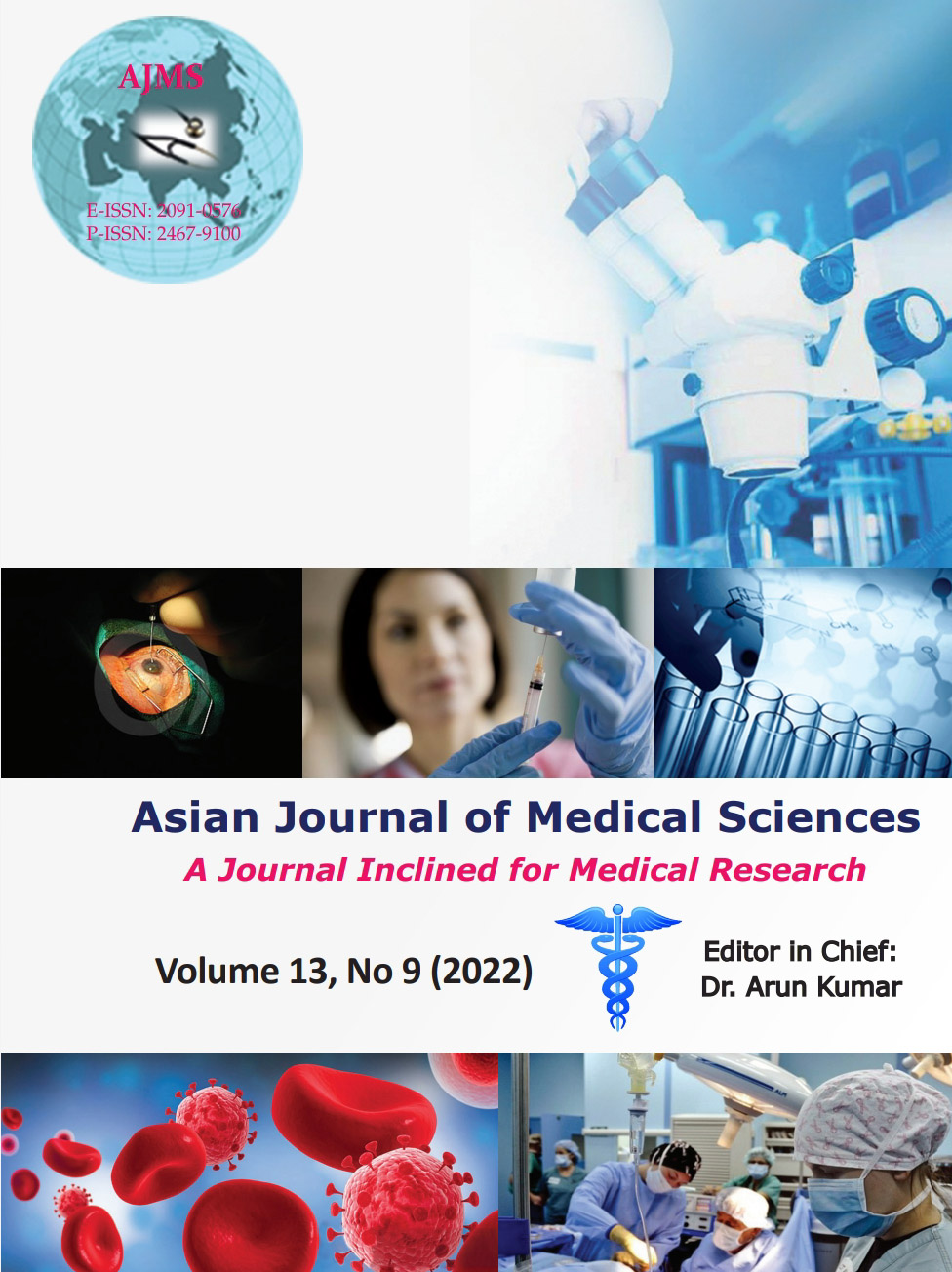Perception and attitude toward online versus traditional anatomy teaching: An internet-based cross-sectional study among Indian medical students during COVID pandemic
Keywords:
Online teaching; Traditional teaching; Anatomy; Indian medical students; COVID pandemicAbstract
Background: The COVID-19 pandemic necessitated conduction of online medical education in India in both synchronized and asynchronized modes. Before the pandemic, the online teaching had very limited role in anatomy education in India.
Aims and Objectives: This study was conducted to know the student’s perceptions and attitudes regarding online versus traditional anatomy teaching, the problems hindering online anatomy learning, and the areas of anatomy students enjoyed in virtual lessons.
Materials and Methods: A cross-sectional study was done among the 1st year medical students of various institutions of India based on a questionnaire applied by Google Forms. Relevant information on student’s sociodemographic profile and their perception toward online versus traditional anatomy teaching were obtained. Four-point Likert scale was used for the responses on perception of teaching. Two hundred and fifty-two responses were studied and statistically analyzed.
Results: Two hundred students (79.36%)used smartphones and 205 students (81.34%) used mobile internet in online learning. More than 90% of students preferred traditional anatomy teaching whereas less than 50% of students liked online anatomy teaching. In comparison with gross anatomy, students preferred online teaching of embryology, histology, and radiological anatomy. One hundred and six students (42.06%) opined that the internet problems were the major obstacle and 87 students (34.52%) considered the physical problems as main hindrances in online classes.Statistically significant increase in screentime after commencement of online class was seen among study participants.
Conclusion: Majority of students preferred (statistically significant) traditional anatomy teaching over online anatomy teaching. Although students enjoyed online learning on selected topics of embryology, histology, and radiological anatomy, the main hindrances encountered in online anatomy classes were internet problems and physical problems.
Downloads
Downloads
Published
How to Cite
Issue
Section
License
Copyright (c) 2022 Asian Journal of Medical Sciences

This work is licensed under a Creative Commons Attribution-NonCommercial 4.0 International License.
Authors who publish with this journal agree to the following terms:
- The journal holds copyright and publishes the work under a Creative Commons CC-BY-NC license that permits use, distribution and reprduction in any medium, provided the original work is properly cited and is not used for commercial purposes. The journal should be recognised as the original publisher of this work.
- Authors are able to enter into separate, additional contractual arrangements for the non-exclusive distribution of the journal's published version of the work (e.g., post it to an institutional repository or publish it in a book), with an acknowledgement of its initial publication in this journal.
- Authors are permitted and encouraged to post their work online (e.g., in institutional repositories or on their website) prior to and during the submission process, as it can lead to productive exchanges, as well as earlier and greater citation of published work (See The Effect of Open Access).




